I'm new to Haskell stack and wondering how to find out the name of the package that contains a particular module.
Currently, I want to use Data.Tuple.Extra(fst3) ( https://hackage.haskell.org/package/extra-1.7.9/docs/Data-Tuple-Extra.html ) and want to know what I should write below
$ stack install ????
I've already installed the tuple package, which, however, doesn't seem to include the Extra part.
All the Internet resources about the installation of a package I've found so far say something along the lines of "To use Blahblah.Anything.Something, you need to install the foofoo package" . . . How can one know? I searched Stackage but it shows only the documentation of Data.Tuple.Extra and I still fail to find the name of the package.
Edit: As K.A.Buhr notes in her/his answer, stack install is the wrong command for the above case. Use stack build instead.
